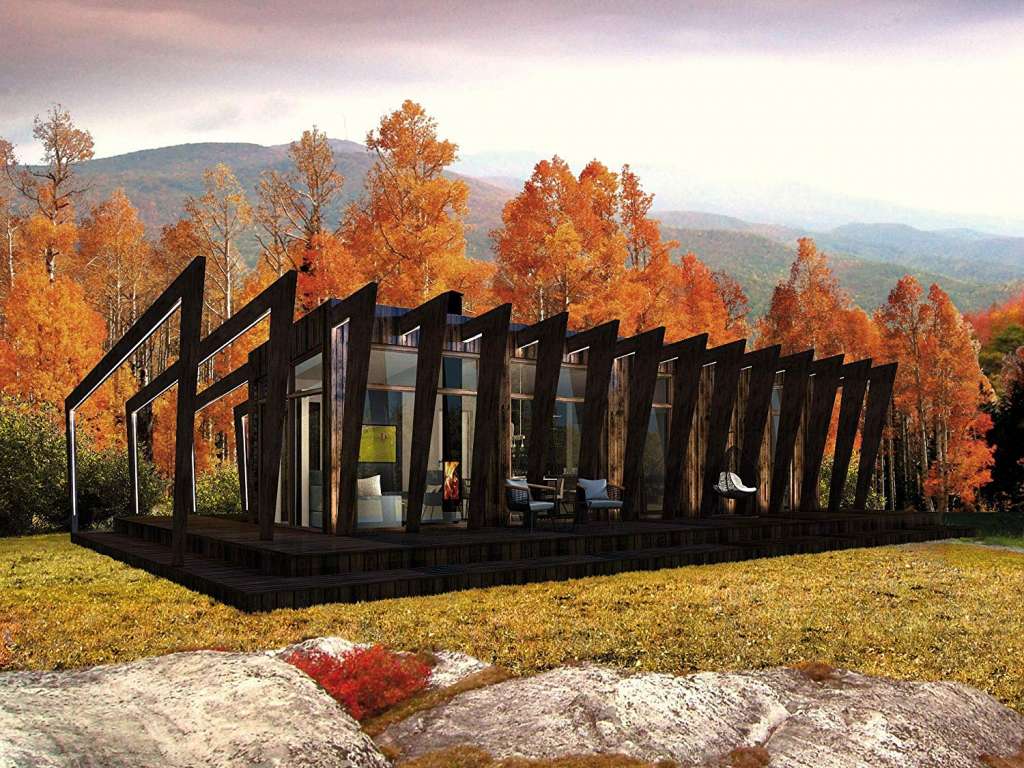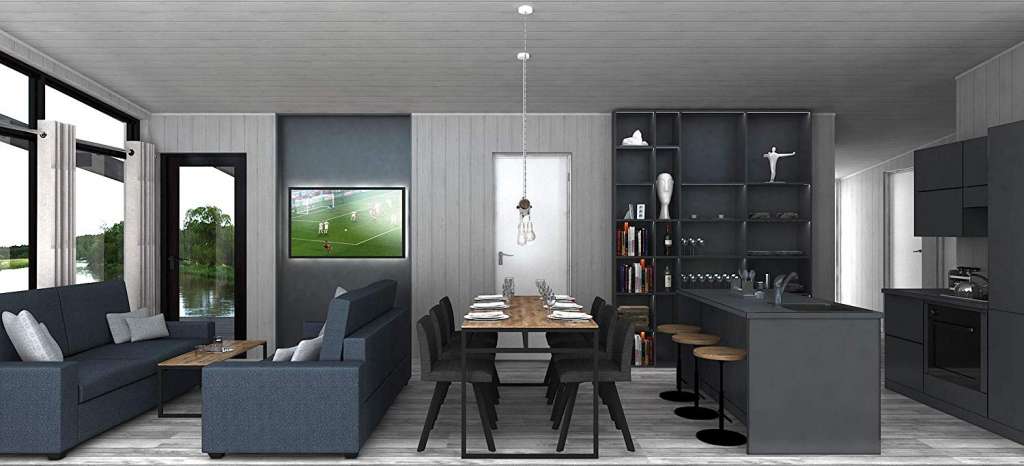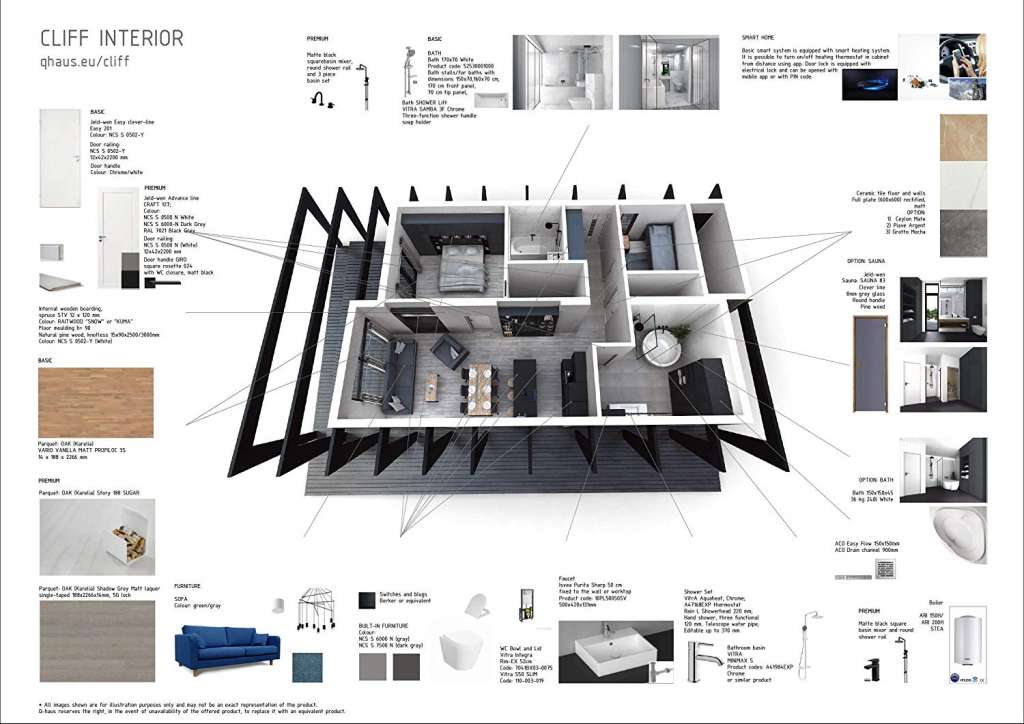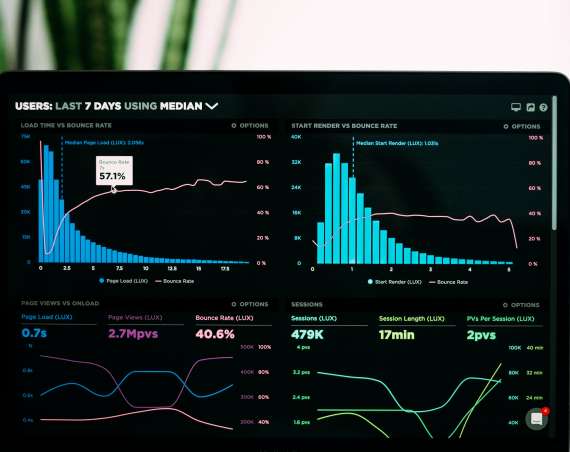
We recently reported on how Amazon has been busy making a push into the real estate market through their agent engagement platform, and now, with fingers already dipped into an entire bakery of pies, they are also challenging the way we look at traditional bricks and mortar housing via tiny homes. These Tiny Homes can be purchased online from USD$7,000 and delivered directly to your door, meaning they will be going head-on with Australian Home Builders.
WHAT ARE TINY HOMES?
Amazon is now actively selling houses based on a micro-footprint, known as tiny homes. Ordered online, they are independent structures that offer the options of either a solid foundation or wheels – a way of getting around government regulations on minimum habitable dwelling size whilst redefining the concept of a mobile home.
The tiny home movement is all about living smaller and embracing an eco-friendly existence. Going against the notion that ‘bigger is better’, a tiny home typically occupies between 100 and 400 square feet of real estate, whereas a standard American home is 2,600 square feet. Added to this, the amount of materials required for construction is significantly less and the drain on utilities – and amount paid for using them – is drastically reduced.

WHY ARE THEY POPULAR?
In the US, housing prices are rapidly becoming more and more out of reach for many seeking to live in areas like LA and Boston. In addition, there is an affordable housing shortage, rent-to-income ratios are skyrocketing and developable urban land is in short supply. As a result, mail order house kits are now seen as a viable low-cost path to home ownership at a time when housing costs are rising ever-higher.
Some cities, like Seattle and Detroit, are using them as housing solutions for at-risk, marginalised communities, but the majority of tiny homes are purchased by people seeking to live with less in a cheaper and more environmentally sustainable manner.
Tiny homes also essentially enable you to trade square footage for the opportunity to live in an area or neighbourhood that you really desire.
THE RAPID EVOLUTION OF TINY HOMES
Tiny homes are growing in both popularity and stature. Highlighting this, a 172 square foot tiny home costing USD$7,000 sold out in mere hours after Amazon launched it earlier in 2019. Now they are marketing a 774 square foot, three bedroom, two bathroom tiny home at a price point of USD$105,000 – with furniture and appliances included.
If that is just too much tiny house for you, they are also offering miniature garden houses and a 12-foot transparent igloo dome.

FACTORS TO CONSIDER
Arriving in the form of kits, Amazon assures that they can be constructed by two adults in eight hours, but if you’ve ever put together a flat pack from Ikea you’re probably sceptical about this claim.
Adjusting to the size is also a transition that many don’t take into account. As the majority of tiny houses are essentially a single room (like a tiny studio apartment), having more than one occupant can present issues, not to mention the fact that many designs do not feature kitchen or bathroom facilities.
In addition, reports indicate that a lot of people are forgetting the fact that they need to budget for somewhere to put their tiny home, as well as the cost of the foundations required in order for them to be built (ranging anywhere from $4 to $7USD per square foot).
Seen as a stepping-stone to owning bigger homes, another key factor is that, so far in the US, they are proving difficult to re-sell and are demonstrating depreciation in value after they have been constructed and lived in.
HOW WILL THE AUSTRALIAN MARKET REACT?
Australian home builders certainly have tiny homes on their radar, but are relatively confident that the ‘great Australian dream’ of a multi-bedroom home on a quarter acre block will retain its mantle of desirability.Further bolstering this point of view, the perception of tiny homes as ‘caravans re-branded’ does not help their cause when it comes to their position within the consciousness of the Australian public.
Despite this, owning that great Aussie dream is considered harder to achieve now more than ever, so perhaps tiny homes can help aspiring first home owners achieve their goal of home ownership.
The most ideal fit for tiny homes in the Australian market is in the booming niche sector of granny flats. In 2018, the Housing Industry Association calculated that there were 10,144 granny flats constructed across Australia with 6,065 of those in NSW alone. With this number predicted to trend upwards in 2019 and beyond there is a lot of opportunity here for innovative and cost effective tiny homes to take a slice of this market.
While there is currently no census data to confirm their popularity here, reports are that tiny home communities have started sprouting in every state. With downsizers an obvious target market and younger people seeing them as potential environmentally responsible investment opportunities, they are definitely one of the real estate trends to watch over the coming 12 months.


